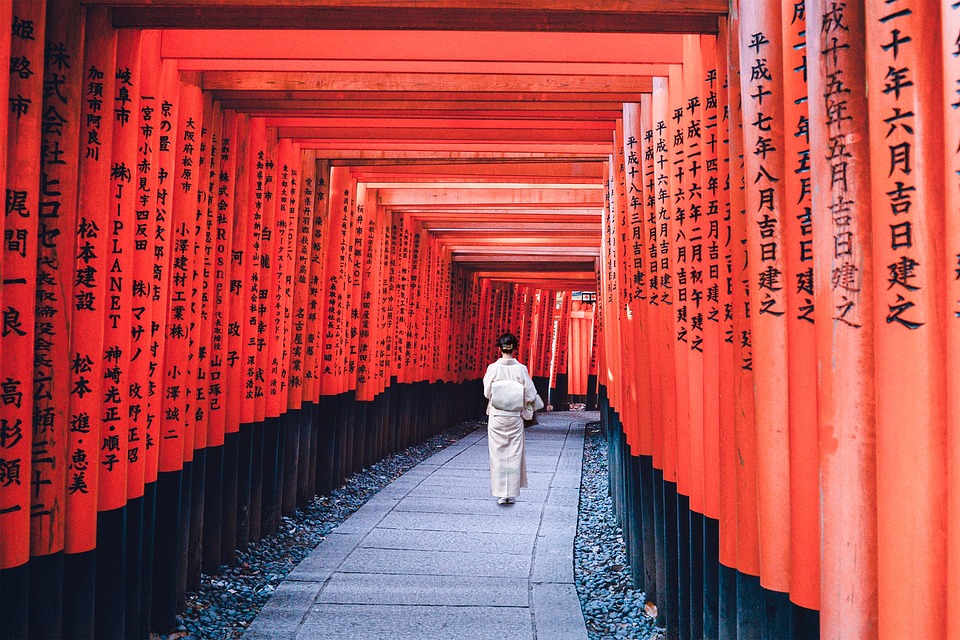The Rise of Japanese Manga: A Brief History
Japanese manga, a style of comic book or graphic novel that originated in Japan, has become a worldwide phenomenon in recent years. With its unique art style and storytelling techniques, manga has captured the hearts of millions of readers around the globe. In this article, we will explore the history of Japanese manga, from its humble beginnings to its rise as a cultural juggernaut.
Origins of Japanese Manga
The roots of Japanese manga can be traced back to the 12th century, when Japanese artists began using scrolls to depict stories and scenes. These scrolls, known as “emakimono,” were the predecessors of modern manga, featuring a combination of images and text to convey narratives. Over the centuries, Japanese artists continued to refine their storytelling techniques, eventually leading to the emergence of manga as a distinct art form in the 19th century.
One of the key figures in the early history of Japanese manga was Katsushika Hokusai, a renowned artist who is best known for his series of woodblock prints titled “Thirty-Six Views of Mount Fuji.” Hokusai’s bold and dynamic style influenced many future manga artists, laying the groundwork for the development of the medium as we know it today.
Post-War Boom and Modern Manga
After World War II, Japanese manga experienced a period of rapid growth and diversification. The post-war economic boom in Japan created a demand for entertainment, leading to the proliferation of new manga magazines and publishers. Artists like Osamu Tezuka, known as the “God of Manga,” played a pivotal role in shaping the medium during this time.
Tezuka’s pioneering works, such as “Astro Boy” and “Black Jack,” introduced new storytelling techniques and character designs that would become staples of modern manga. Tezuka’s influence can still be seen in the work of contemporary manga artists, who continue to push the boundaries of the medium with innovative storytelling and visual flair.
Global Impact and Success
In recent years, Japanese manga has achieved unprecedented success on the global stage. Titles like “Naruto,” “One Piece,” and “Attack on Titan” have become household names, attracting millions of fans from every corner of the world. The popularity of these manga series has even spawned blockbuster anime adaptations and merchandise lines, further cementing their status as cultural phenomena.
One of the key factors behind the global success of Japanese manga is its diverse range of genres and themes. From action-packed shonen series to heartwarming slice-of-life stories, manga offers something for every reader, regardless of age or background. The universal appeal of manga has helped it transcend cultural boundaries, making it a beloved art form in countries around the world.
The Future of Japanese Manga
As Japanese manga continues to evolve and adapt to the changing tastes of readers, the future of the medium looks bright. With the rise of digital platforms and online distribution channels, manga has become more accessible than ever, allowing fans to discover new series and artists with ease. The proliferation of webcomics and self-published works has also opened up new opportunities for aspiring manga creators to showcase their talents and reach a wider audience.
Despite the challenges posed by the digital age, Japanese manga remains as popular as ever, with new titles and series being released on a regular basis. The global reach of manga continues to expand, with fans from all over the world coming together to celebrate their love for this unique art form. As long as there are stories to tell and artists to tell them, Japanese manga will continue to captivate and inspire audiences for generations to come.
In Conclusion
The rise of Japanese manga is a testament to the power of storytelling and artistic expression. From its humble origins as a series of scrolls to its current status as a global cultural phenomenon, manga has come a long way in a relatively short period of time. As we look to the future, one thing is clear: Japanese manga will continue to thrive and innovate, captivating readers and fans with its boundless creativity and imagination.
Whether you’re a longtime fan or a newcomer to the world of manga, there has never been a better time to immerse yourself in this vibrant and dynamic art form. With its rich history and exciting future, Japanese manga is sure to remain a beloved and enduring part of our cultural landscape for years to come.











Leave a Reply